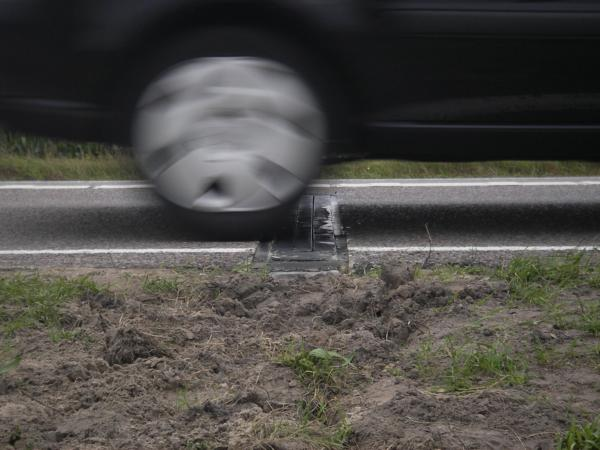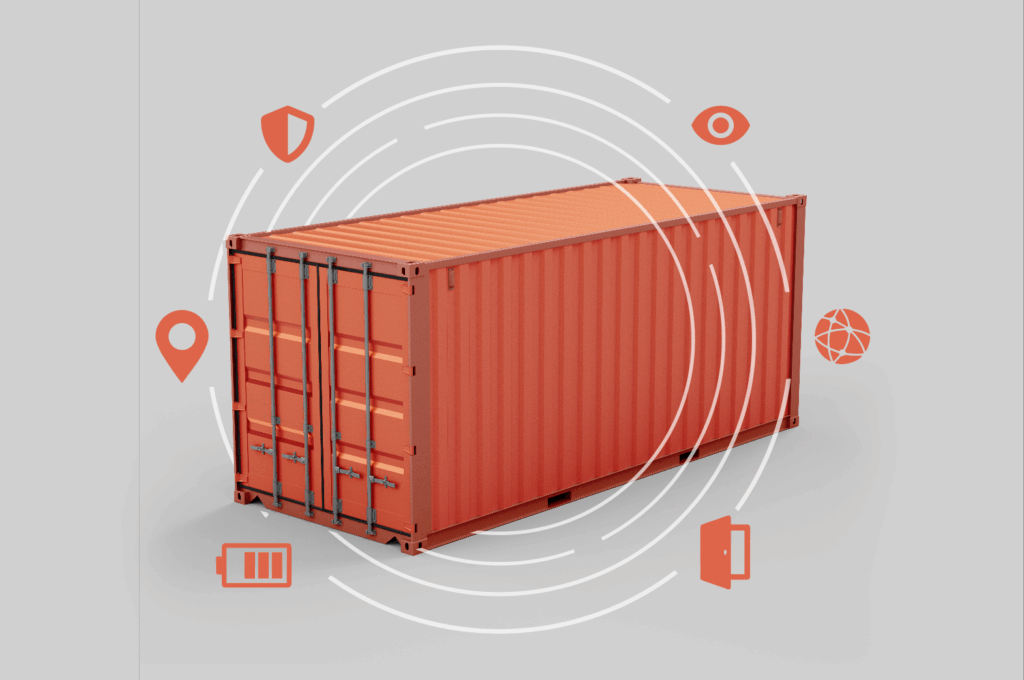International Shipment Tracking for Fragile Items: Alert Before Impact
Why Is International Shipment Tracking Crucial for Fragile Items?
When shipping fragile items across borders, damage is one of the biggest risks. Glassware, electronics, and art can all break during transit. Traditional tracking only shows location, not handling quality.

International Shipment Tracking now goes further. With real-time visibility, condition monitoring, and alerts before impact, it reduces damage. Shippers gain control over risks that were previously invisible.
What Risks Do Fragile Items Face During International Shipping?
Rough Handling
Packages may be dropped during loading or unloading. Poor stacking in warehouses increases risk. Human error is a common cause of breakage.
Environmental Factors
Fragile goods can suffer from temperature changes or humidity. Storage in poor conditions leads to cracks, warping, or internal damage.
Transportation Challenges
Air turbulence, road vibrations, or ship swaying can impact items. The longer the journey, the greater the exposure to potential shocks.

Customs Delays
Extra inspections mean more handling. Poor resealing after checks can compromise packaging and increase vulnerability.
How Does International Shipment Tracking Protect Fragile Cargo?
Real-Time Location Updates
For fragile shipments, location data is the first layer of protection. International Shipment Tracking provides GPS visibility across air, sea, and land routes. Shippers can track cargo in real time, receive checkpoint alerts, and use route optimization to avoid unnecessary detours or risky areas. This ensures fragile goods spend less time exposed to potential hazards.
Impact Detection Sensors
Shock and tilt sensors add another layer of safety. They detect sudden drops, heavy impacts, or tilts beyond safe angles during handling or transport. When triggered, instant alerts notify both shippers and receivers. Detailed event logs also help in insurance claims, making it easier to prove where and when damage occurred.
Environmental Monitoring
Fragile items such as electronics, pharmaceuticals, or glassware are highly sensitive to climate conditions. Sensors continuously track temperature and humidity inside containers. If thresholds are exceeded, alerts prompt immediate corrective action. This reduces spoilage, prevents cracks or warping, and keeps sensitive products within safe limits.

Alert Before Impact Technology
Going beyond detection, AI-based systems can anticipate risks before they cause damage. They analyze vibration levels, weather forecasts, or handling patterns and send early warnings. This may include turbulence alerts for air cargo, speed adjustment advice for trucks, or signals to handlers before improper placement. For fragile goods, prevention is better than repair.
What Technology Powers International Shipment Tracking for Fragile Items?
IoT Devices
IoT sensors attach to packages or containers to monitor movement, shock, temperature, and humidity. They send real-time data so shippers can react quickly if fragile cargo is dropped, tilted, or exposed to unsafe conditions.
Blockchain Integration
Blockchain creates tamper-proof shipment records. Every scan, transfer, or inspection is logged, ensuring transparency and accountability. For fragile goods, it provides reliable proof of handling and simplifies insurance or compliance checks.
Artificial Intelligence
AI analyzes real-time and historical shipment data to predict risks. It can recommend new routes, adjust vehicle speed, or flag turbulence before damage occurs. This proactive approach helps prevent losses for fragile items.

Cloud-Based Platforms
Cloud platforms combine data from sensors, carriers, and customs into one dashboard. Shippers and partners can access the same live information, receive alerts instantly, and coordinate faster responses to protect fragile shipments.
What Are the Business Benefits of Tracking Fragile Items?
Reduced Damage and Losses
Early alerts prevent mishandling. Fewer damaged goods mean lower replacement and refund costs.
Improved Customer Confidence
Buyers receive regular updates on shipment condition. Transparency builds trust and repeat business.
Stronger Insurance Claims
Data logs show when and where damage occurred. This simplifies disputes with carriers and insurers.
Higher Efficiency
Smarter handling reduces delays and return rates. Businesses save time and protect brand reputation.
What Challenges Do Businesses Face in Tracking Fragile Items?
Cost of Technology
IoT sensors and AI platforms require investment. Some companies hesitate despite long-term savings.
Data Overload
Too many alerts may overwhelm logistics teams. Filtering important information is necessary.

Global Standardization Issues
Different countries regulate devices differently. Compatibility problems may slow adoption.
Training Requirements
Staff must learn to respond to alerts effectively. Without training, the system loses value.
How Can Businesses Improve International Shipment Tracking for Fragile Cargo?
Adopt Smart Packaging
Smart packaging cushions items and includes sensor slots. Combined with alerts, it increases safety.
Choose Integrated Platforms
Use systems that combine location, impact, and environmental data. This prevents errors and improves oversight.
Set Clear Handling Protocols
Provide carriers with handling rules for fragile shipments. Labels and alerts together reduce human mistakes.
Conduct Regular Data Audits
Analyze shipment logs to find repeated risks. Adjust packaging or routes based on results.

Collaborate With Reliable Partners
Select carriers experienced in fragile shipments. Ensure they use modern tracking and alert technology.
The Role of Customer Expectations in Fragile Item Shipping
Modern buyers expect more than on-time delivery. They want assurance that fragile goods arrive in perfect condition. Offering International Shipment Tracking with alerts for fragile items demonstrates commitment to quality. This not only reduces customer complaints but also increases loyalty.
When customers know that advanced systems are protecting their orders, they are more willing to pay premium shipping fees. Meeting expectations builds stronger brand reputation and repeat business opportunities.
Future Trends in Fragile Shipment Tracking
The next decade will bring even smarter technologies for fragile shipments. AI models will become more precise, predicting risks with near-perfect accuracy. Drone-assisted inspections may verify package conditions mid-route.
Green logistics will also play a role, combining eco-friendly packaging with advanced tracking. Companies that adopt these innovations early will reduce losses, improve sustainability, and set new industry benchmarks.
FAQs on International Shipment Tracking for Fragile Items

Q1: Can International Shipment Tracking detect drops?
Yes. Shock and tilt sensors alert instantly when drops occur.
Q2: Does fragile shipment tracking increase costs?
It adds some cost, but reduced damage and claims make it profitable.
Q3: Can I receive alerts before damage happens?
Yes. AI-driven tracking predicts risks and sends preventive alerts.
Q4: Is climate monitoring included?
Most systems include temperature and humidity tracking for sensitive items.
Q5: Do customers benefit from fragile shipment tracking?
Absolutely. Real-time updates increase transparency and trust.
Conclusion
International Shipment Tracking has moved beyond simple location updates. For fragile goods, impact detection and alerts before impact are essential. IoT, AI, and smart packaging make shipments safer and more reliable.
Companies that invest in advanced tracking can reduce losses, protect brand reputation, and win customer trust. Fragile cargo deserves extra protection, and the right technology delivers it.
For advanced solutions and expert support, visit Postalparcel.
Industry Insights
news via inbox
Nulla turp dis cursus. Integer liberos euismod pretium faucibua







